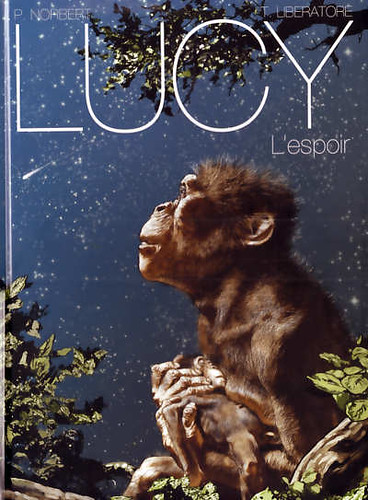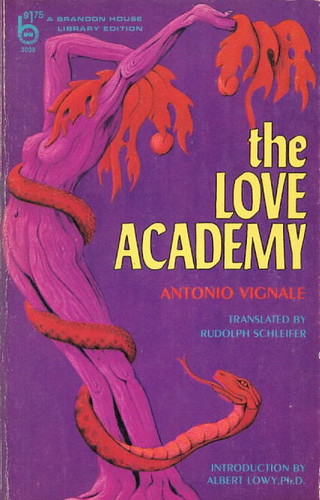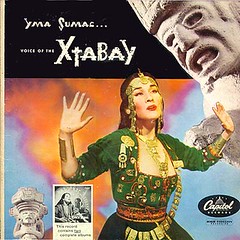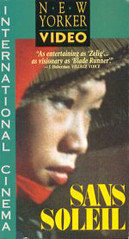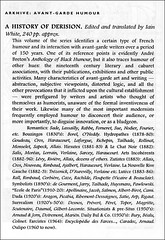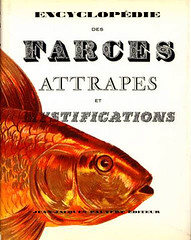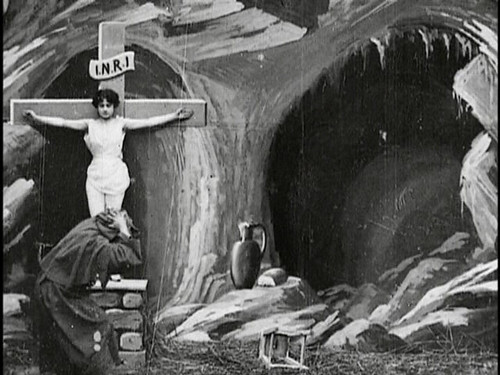The butler[0] told me that yesterday at Düsseldorf he also saw Transplant[1] by Otto Dix. The print reminded me of Italian comic artist Liberatore‘s Frankensteinesque[2] vision RanXerox[3], [4], [5], one of the most neglected comic book series of the 21st century.
Lucy, l’espoir (2007) illustrated by Liberatore and written by Patrick Norbert.
To my surprise — I know that Liberatore has not made an album since 1996, not counting Femmes[6] which has no story — I stumbled on Lucy, l’espoir a 2007 graphic novel illustrated by Liberatore, many times called the Michelangelo of comic art, but probably more kin to Goltzius (compare the depiction of exaggerated muscle mass in[7], [8] and [9])
On the cover[10] of Lucy, l’espoir’ (En: Lucy, the hope) is an ape mother holding a baby and looking skywards to the moon on a clear night. On a second plate[11], one ape fights another and they both seem to fall off a cliff. The ape on the cover is Lucy, an Australopithecus afarensis specimen discovered 1974, at one time considered the missing link.

